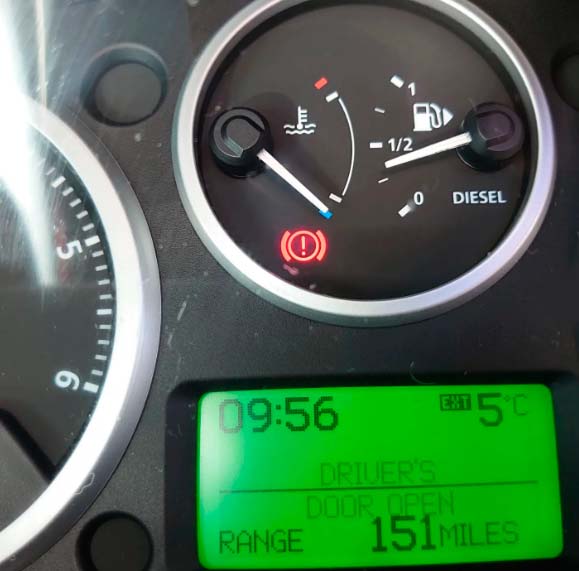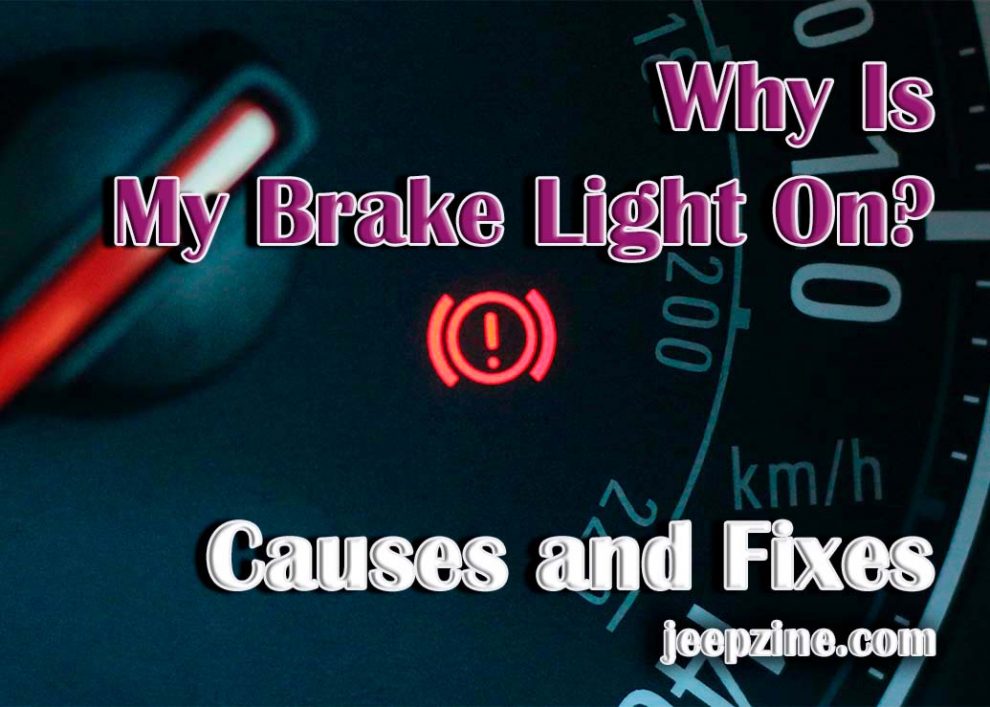The brake light on your dashboard is an important indicator of the health of your vehicle’s braking system. It is designed to illuminate when a problem arises with the brakes, and it should be taken seriously if it comes on unexpectedly. If you spot a brake warning light on your dashboard, it’s important to take the appropriate steps to ensure that there are no other issues, as they can affect your car’s safety and performance. This article discusses some of the most common reasons a brake light may come on and how to diagnose and repair any issues.
Common Causes of a Brake Light Illumination
A brake warning light can be caused by various issues, ranging from minor to severe. Some of the most common causes are as follows:
-
Low brake fluid levels. Your vehicle’s braking system relies on hydraulic pressure from brake fluid stored in the master cylinder reservoir. If this level drops below the recommended level, it can cause your brake light to come on.
-
Damaged or faulty brake pads or shoes. Wear and tear on these components can cause them to become damaged or worn out over time, which can lead to an illuminated brake light.
-
Faults with the Anti-lock Braking System (ABS). The ABS controls a car’s brakes during sudden stops or hard turns. If it senses any irregularities in the way your car’s brakes are performing, it can trigger a warning light.
-
Electrical faults with the brake system itself. This could be caused by problems with wiring connections or components, such as sensors that measure wheel speed and pressure to adjust braking power accordingly.
Diagnosing the Issue

Additionally, inspect the brake lines, calipers, and wheel cylinders for any signs of leakage. Testing the brake light switch by observing the brake lights when the pedal is depressed can help identify a faulty switch. If your vehicle has an ABS system, professional equipment may be required to diagnose potential ABS-related issues. Finally, check the electrical connections and wiring associated with the brake light circuitry for loose connections or damage. If uncertainties arise during the diagnosis or the issue persists, it is recommended to seek assistance from a qualified mechanic or automotive technician.
How to Fix Brake Light Is On
When the brake light in your vehicle is constantly illuminated, it is crucial to address the issue promptly to ensure safe driving conditions. While the specific steps to resolve a brake light issue can vary depending on the make and model of your vehicle, you can follow a few general troubleshooting steps. First, check the brake fluid level in the reservoir and top it off if necessary. Low brake fluid can trigger the brake light warning. Inspect the brake pedal switch, which activates the brake lights when the pedal is depressed. Ensure that the switch is properly adjusted and functioning correctly.
Additionally, inspect the brake light bulbs to ensure they are not burnt out or damaged. Replacing faulty bulbs can often resolve the issue. If these steps do not resolve the problem, it is recommended to consult a professional mechanic or refer to the vehicle’s manual for further guidance and diagnostics. Correctly addressing a brake light issue is crucial to ensure your safety on the road and those of others around you.
Conclusion
If your brake light comes on unexpectedly, it is important to take the necessary steps to identify and repair any issues promptly. This may include checking for low brake fluid levels, inspecting the brake pads or shoes for damage, and assessing the components of the ABS system and another braking system. If you need help with how to go about diagnosing and fixing any problems, it is recommended to seek professional advice from a qualified mechanic. With proper maintenance and regular braking system checks, you can help ensure your car is safe and performing at its best.
Moreover, if you’re a Ford Ranger owner looking to optimize your vehicle’s performance further, you might be interested in our guide titled Best Replacement Shocks for Ford Ranger. Upgrading your shocks can substantially enhance ride quality and overall vehicle handling, thus complementing a well-maintained braking system for a safer, smoother drive.


Add Comment